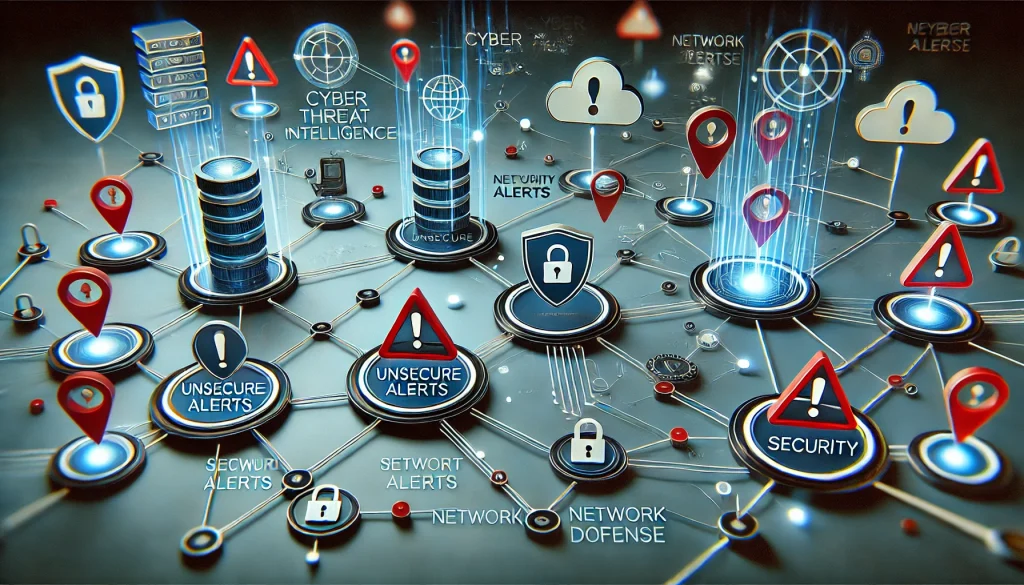
In today’s hyper-connected world, leveraging threat intelligence is critical for maintaining robust cybersecurity. As cyber attacks become more sophisticated, businesses need to anticipate and prepare for potential threats before they strike. This empowers organizations to stay ahead by providing valuable insights into the methods, tools, and strategies cybercriminals use to launch attacks. Whether you are an industry professional managing large digital platforms or an individual concerned with security, using this method can drastically reduce the risk of a damaging cyber attack.
This blog will guide you through the process of integrating threat intelligence into your security strategy. You’ll learn the tools you need, step-by-step methods for utilizing intelligence data, and some best practices to ensure you’re always one step ahead of cyber attackers.
Materials or Tools Needed
To effectively use threat intelligence, you need the right tools and access to specific resources, including:
- A reliable threat intelligence platform (TIP)
- Access to security monitoring software
- Subscription to threat intelligence feeds
- Incident response plan integration
- Skilled cybersecurity professionals for analysis
Ensure you have access to these resources to fully implement it in your cybersecurity practices.
Step-by-Step Guide

Step 1: Identify Your Threat Sources
To start using threat intelligence, it’s essential to identify where potential threats are coming from. Cyber threats can originate from various sources, including hacker groups, insider threats, malware, and more. Use security monitoring tools to collect data from various platforms. Subscribe to external feeds from trusted sources, such as IBM X-Force or Microsoft Threat Intelligence Center. These will help you gather actionable insights about potential attackers and the tactics they use.
Step 2: Analyze Collected Threat Data
Once you have collected data, the next step is to analyze it for relevance and actionability. Threat intelligence isn’t just about raw data; it’s about translating that data into useful information. Use threat analysis tools to identify patterns, detect potential vulnerabilities, and predict attack methods. This analysis will guide you in strengthening your cybersecurity posture by focusing on the most relevant threats.
Step 3: Prioritize Threat Responses
Not all threats are equal. Some may have a higher potential for damage, while others may be more frequent but less harmful. By using your data, you can prioritize responses based on the severity and likelihood of each hazard. This allows for better resource allocation, so you’re not spending excessive time on low-risk threats while missing the more dangerous ones. Be sure to communicate the risks to your cybersecurity team and executives.
Step 4: Integrate Threat Intelligence into Security Operations
The final step is to seamlessly integrate it into your ongoing security operations. This includes updating your incident response plan to incorporate new intelligence data, training your team on the latest cyber threats, and using the information to patch vulnerabilities in your network. Additionally, automating workflows through your TIP can help maintain consistent security measures across all systems.
Do’s and Don’ts

Do’s
- Do prioritize actionable intelligence: Focus on information that directly impacts your organization, so you don’t waste resources on irrelevant threats.
- Do invest in threat intelligence platforms (TIPs): TIPs streamline the collection and analysis of hazard data, allowing for quicker and more accurate decisions.
- Do regularly update your data: Cyber threats evolve rapidly, so it’s important to refresh your threat intelligence regularly to ensure it remains relevant.
Don’ts
- Don’t ignore internal threats: Most organizations focus on external cyber attacks but fail to address the risk posed by insider threats. Make sure your strategy includes this aspect.
- Don’t rely solely on automated systems: While TIPs are excellent for efficiency, human expertise is necessary to interpret complex threat patterns and make informed decisions.
- Don’t wait for a crisis: Reactive security measures are far less effective than proactive ones. Start gathering and analyzing before an incident occurs.
Conclusion
Incorporating threat intelligence into your cybersecurity strategy is essential for staying ahead of attackers and ensuring your digital platform is secure. By identifying hazard sources, analyzing data, prioritizing responses, and integrating intelligence into your operations, you can effectively mitigate risks and protect your organization from cyber attacks. Start using these methods today to enhance your security posture and stay one step ahead of evolving threats.
FAQ
How can small businesses use threat intelligence?
Small businesses can benefit from threat intelligence by subscribing to external hazard feeds, using affordable TIPs, and implementing basic security monitoring systems to detect vulnerabilities.
Why is threat intelligence important for cybersecurity?
It provides actionable insights about potential attacks, allowing businesses to proactively strengthen their defenses and respond effectively to cyber threats.
What are some common sources of threat intelligence?
Common sources include cyber threat feeds, hacker forums, malware databases, and insights from cybersecurity vendors like Microsoft and Palo Alto Networks.
Resources
- Forbes. What Is Threat Intelligence?
- Gartner. Threat Intelligence: Security Monitoring and Incident Response.
- IBM. What Is Cyber Threat Intelligence?
- Microsoft Security. What Is Cyber Threat Intelligence?
- Palo Alto Networks. Cyber Threat Intelligence.
